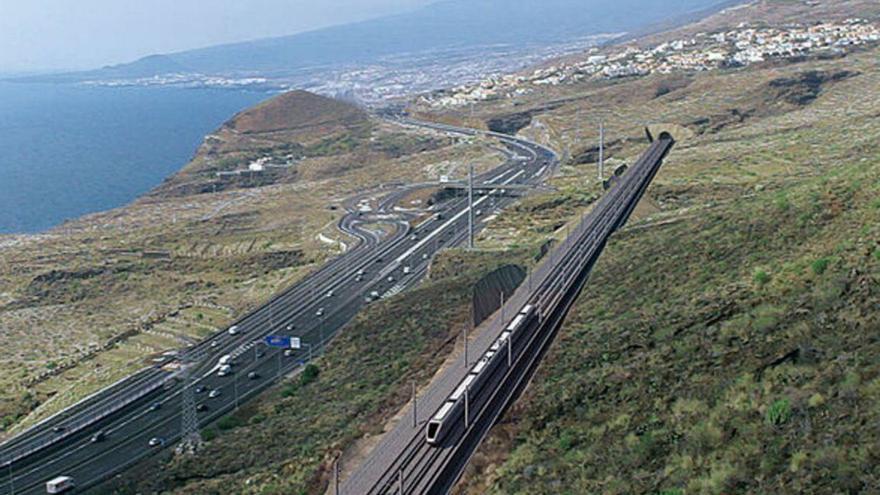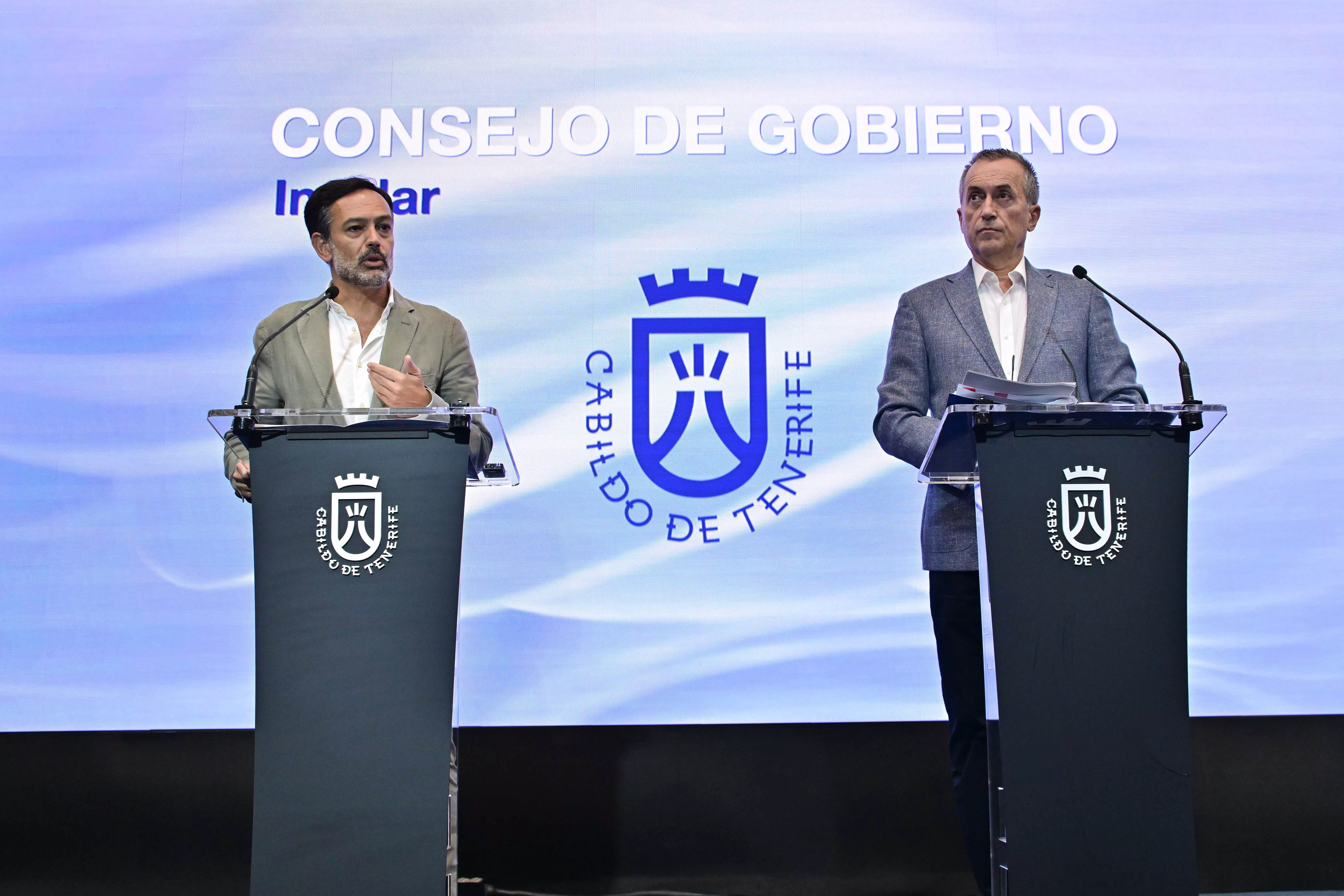
The first section of the trains in Tenerife “can commence construction before 2027.” This was ensured by the Public Works and Mobility Minister of the Canary Islands Government, Pablo Rodríguez, before presenting, together with the General Directors of Transport and Road Infrastructure, María Fernández and Rosana Melián, the sustainable roadmap defined by this department with the vision of 2040, when the regional government is considering the decarbonization of the Archipelago.
“We have been talking about the Tenerife and Gran Canaria trains for two decades, but I have to admit that we are now closer than ever to seeing them become a reality, among other things because they have been broken down into phases,” emphasized Pablo Rodríguez, in statements reported by Efe, to specify: “We are no longer considering the need for 4,000 million to see them, but we are talking about sections for around 300 to 400 million, which can be addressed.”
The Canary Islands Government has entered into discussions with the state to expedite projects that it considers key to improving mobility on the two capital islands and reducing pollution. Although he acknowledged that the “quite limited” funding that the Canary Islands have had in each general State budget so far for these purposes “has allowed the projects to be drafted,” the minister specified that “with European funds and the possibility of joining the state network, we will be able to tender works.”
The Director General of Transport in the autonomous community, María Fernández, noted that the Canarian government “is fighting, hand in hand with the councils, with the Ministry of Transport and Sustainable Mobility so that, for the first time in history, trains are recognized in state investment.”
The first planned railway construction for Tenerife would be the section between San Isidro and Las Américas on the South train. This is the proposal of the Tenerife Island Council, which, with the government led by the nationalist Rosa Dávila, has made it clear that both the South and North trains are “an irrevocable objective” because it is “the most sustainable alternative to decisively alleviate critical points, taking cars off the road, reducing CO2 emissions, and contributing to the European goal of decarbonization.” This has been emphasized on several occasions by Rosa Dávila since taking over the leadership of the island Corporation last July. The South train will be tackled in various phases, starting with the section between San Isidro and Adeje, where a demand of more than 20 million journeys per year is expected, as stated by the Tenerife leader.
[–>
The Insular Sustainable Mobility Plan, designed to reduce traffic congestion on the island with a target set for the year 2045, proposes an insular railway ring with four major regional lines. In addition to the trains to the South (Santa Cruz-Adeje), currently the most developed project, and to the North (Santa Cruz-Los Realejos) – both with extensions to Fonsalía and Icod de los Vinos, respectively – joining this perimeter closure are those to the West, which will connect Icod and Adeje, as well as the underground tunnel from Güímar to La Orotava. The estimated cost of all these guided transportation systems amounts to 5,735 million Euros.
















